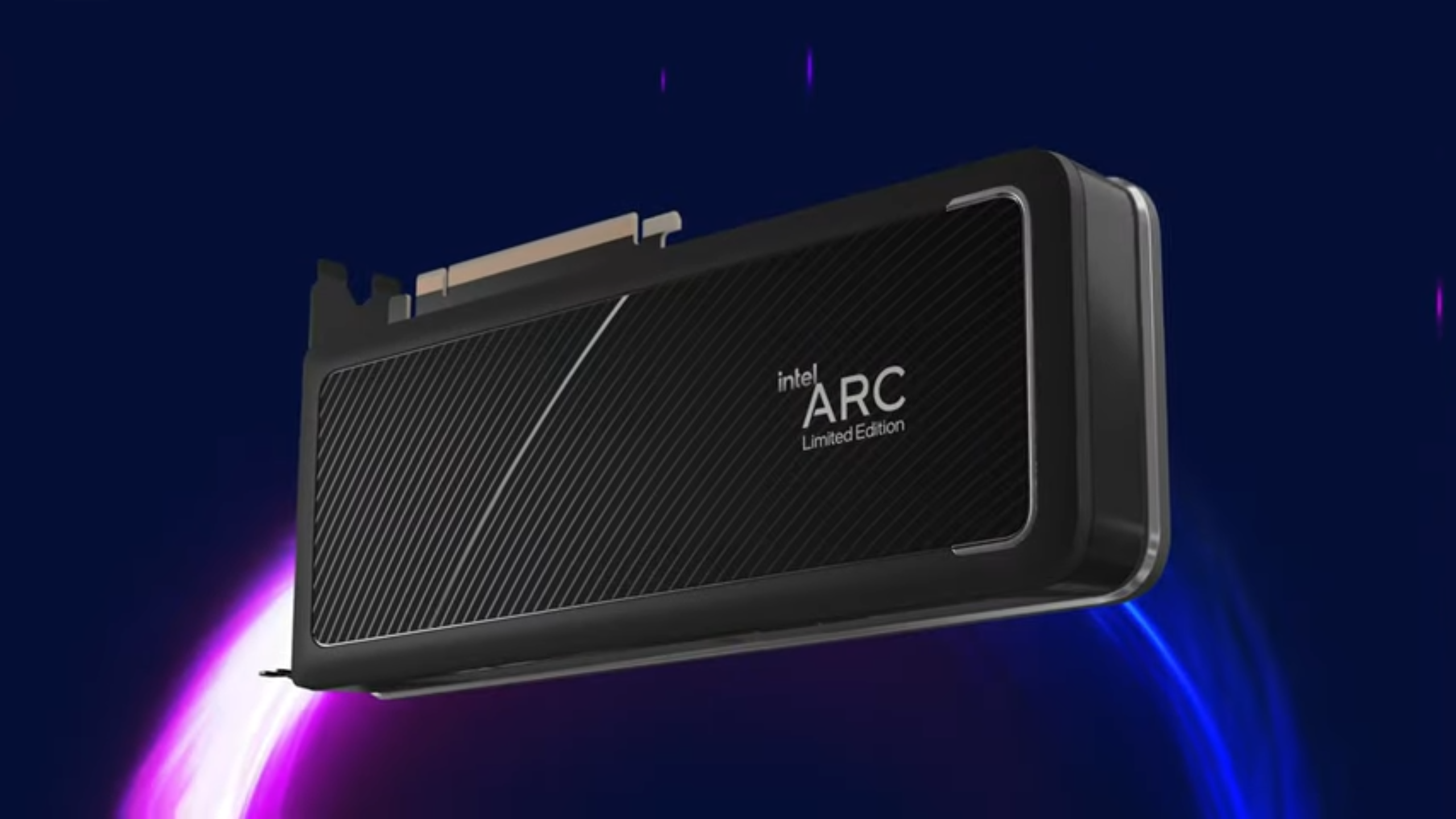Intel Arc A750: A New Era of Discrete Graphics Performance
Introduction
The landscape of discrete graphics has long been dominated by NVIDIA and AMD, but in 2021, Intel announced its entry into the market with the Arc series of graphics cards. The Intel Arc A750, as part of this new lineup, is designed to bring high-performance gaming and content creation capabilities to a broader audience. In this article, we will discuss the features, specifications, and performance of the Intel Arc A750, and what it means for the future of the graphics card market.
Features and Specifications
The Intel Arc A750 is based on Intel's Xe-HPG (High-Performance Gaming) architecture, which is a fusion of the best elements from their Xe-LP, Xe-HP, and Xe-HPC architectures. This hybrid approach allows the Arc A750 to deliver impressive performance without sacrificing power efficiency.
Some of the key features and specifications of the Intel Arc A750 include:
- A total of 4096 execution units (EUs) for parallel processing, which is competitive with other high-end offerings in the market.
- 16 GB of GDDR6 memory, providing ample memory bandwidth for gaming and content creation tasks.
- Support for hardware-accelerated ray tracing, enabling more realistic lighting, shadows, and reflections in games that support this technology.
- AI-based super-sampling called Deep Link, which uses machine learning algorithms to upscale lower-resolution images with a minimal performance impact.
- Support for variable rate shading (VRS), a technique that optimizes rendering performance by prioritizing critical areas of an image.
- Full DirectX 12 Ultimate and Vulkan support, allowing the Arc A750 to run the latest games and applications with ease.
Performance
The Intel Arc A750 has demonstrated strong performance in various gaming benchmarks, often trading blows with the likes of the NVIDIA GeForce RTX 3070 and the AMD Radeon RX 6700 XT. This level of performance makes the Arc A750 suitable for gaming at high resolutions, such as 1440p and 4K, with ultra-settings enabled. Additionally, the card's hardware-accelerated ray tracing capabilities enable it to deliver stunning visuals in supported games without a significant performance hit.
Content creators can also benefit from the Arc A750's performance, as it accelerates tasks such as video editing, 3D rendering, and animation. The card's 16 GB of GDDR6 memory and AI-based super-sampling features make it a formidable choice for professionals and enthusiasts alike.
Impact on the Graphics Card Market
With the introduction of the Intel Arc A750, the discrete graphics market is now a three-way battle between Intel, NVIDIA, and AMD. This increased competition is expected to benefit consumers by driving innovation, reducing prices, and improving the availability of graphics cards.
Intel's entry into the market also highlights the growing importance of integrated solutions, as the Arc A750 shares many architectural similarities with Intel's integrated GPUs found in their Tiger Lake and Alder Lake processors. This could lead to more powerful integrated graphics solutions in the future, further democratizing access to high-performance gaming and content creation.
Conclusion
The Intel Arc A750 marks an impressive entry into the discrete graphics market for Intel, offering competitive performance and a host of cutting-edge features. With support for hardware-accelerated ray tracing, AI-based super-sampling, and other advanced technologies, the Arc A750 is an attractive option for gamers and content creators seeking a powerful and efficient graphics solution.
As the market evolves and competition among graphics card manufacturers intensifies, it will be interesting to see how Intel's Arc series continues to develop and influence the industry. For now, the Intel Arc A750 stands as a testament to Intel's commitment to delivering high-performance, feature-rich graphics solutions to a wide range of users.





.jpeg)